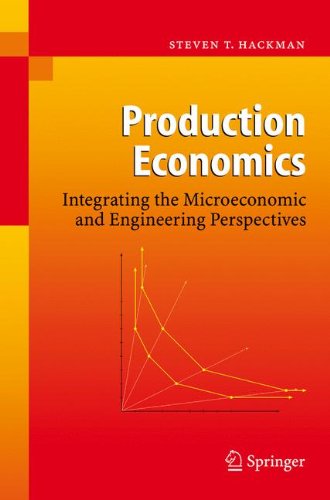

Most ebook files are in PDF format, so you can easily read them using various software such as Foxit Reader or directly on the Google Chrome browser.
Some ebook files are released by publishers in other formats such as .awz, .mobi, .epub, .fb2, etc. You may need to install specific software to read these formats on mobile/PC, such as Calibre.
Please read the tutorial at this link: https://ebookbell.com/faq
We offer FREE conversion to the popular formats you request; however, this may take some time. Therefore, right after payment, please email us, and we will try to provide the service as quickly as possible.
For some exceptional file formats or broken links (if any), please refrain from opening any disputes. Instead, email us first, and we will try to assist within a maximum of 6 hours.
EbookBell Team

0.0
0 reviewsA production economist focuses on assessment, and will use an aggregate description of technology to answer such questions as: How does the firm compare to its competitors? Has the firm improved its production capabilities? A production engineer focuses on optimizing resources, and will use a detailed description of technology to answer a completely different set of questions: Which operations or plants should produce which products at what time? Should resource capacity be expanded and, if so, which resources should be acquired? Each group could benefit from the other group's perspective. This book offers a unified, integrated point of view that bridges the gap between these two historically distinct perspectives.